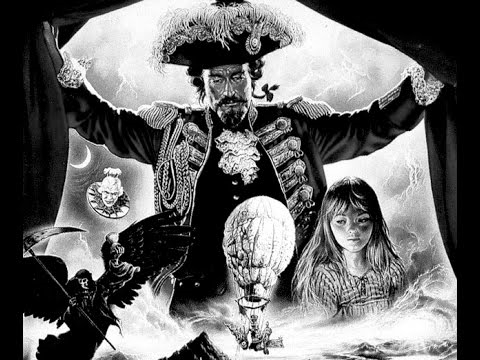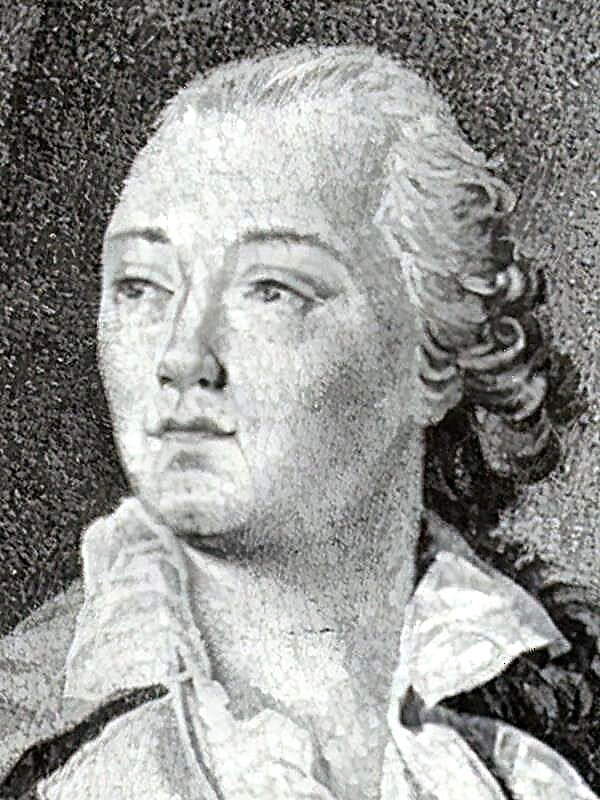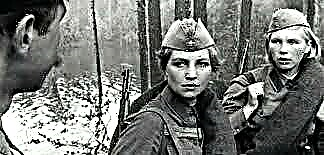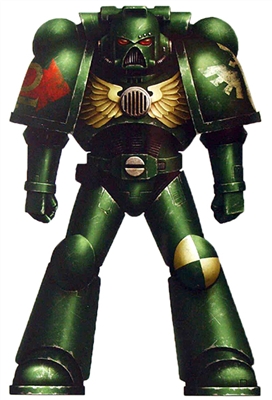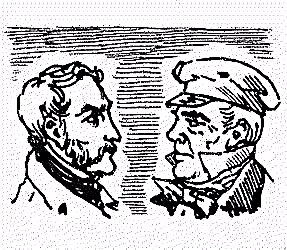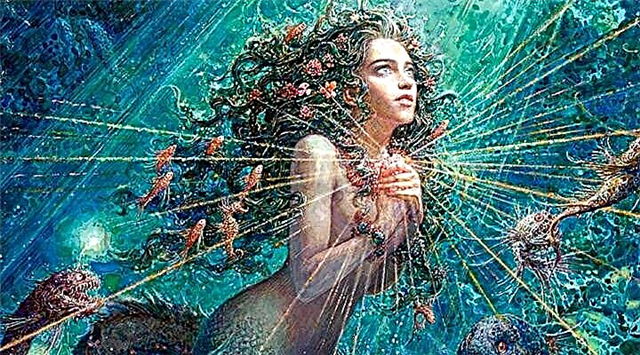In the city of Murom, Prince Paul ruled. The devil sent a flying serpent to his wife for fornication. She appeared to her in her form, and to other people seemed Prince Paul. The princess admitted everything to her husband, but he did not know what to do. He told his wife to ask the serpent, from which death could come to him. The serpent told the princess that his death would be “from Peter's shoulder, from Agrikov’s sword”.
The prince had a brother named Peter. He began to think how to kill the serpent, but did not know where to get Agrikov's sword. Once in the church of the Vozdvizhensky monastery, a child showed him Agrikov's sword, which lay in the gap between the stones of the altar wall. The prince took the sword.
Once Peter came to his brother. He was at home in his room. Then Peter went to his daughter-in-law and saw that his brother was already sitting with her. Paul explained that the serpent knows how to take its shape. Then Peter ordered his brother not to go anywhere, Agrikov took a sword, came to his daughter-in-law and killed the serpent. The serpent appeared in his nature and, dying, sprayed Peter with blood.
Peter's body was covered with ulcers, he was seriously ill, and no one could cure him. The patient was brought to Ryazan land and began to look for doctors there. His servant came to Laskovo. Entering one house, he saw a maid weaving a cloth. It was Fevronia, the daughter of a poison dart frog, extracting honey. The young man, seeing the wisdom of the girl, told her about the misfortune that befell his master.
Fevronia replied that she knew a doctor who could cure the prince, and offered to bring Peter to her house.When this was done, Fevronia volunteered to take up treatment herself if Peter took her as a wife. The prince did not take her words seriously, for he did not consider it possible to marry the daughter of a poison frog, but promised to do so in case of healing.
She gave him a vessel of her bread sourdough and told her to go to the bathhouse and anoint all the ulcers except one with sourdough. Peter, wanting to test her wisdom, sent her a bunch of flax and ordered to weave a shirt, ports and a towel out of him while he was in the bathhouse. In response, Fevronia sent him a log stump so that the prince would make a loom out of him during this time. Peter told her that this was impossible. And Fevronia answered that it was also impossible to fulfill his command. Peter marveled at her wisdom.
The next morning he woke up healthy - there was only one ulcer on his body - but did not fulfill his promise to marry Fevronia, but sent her presents. She did not accept them. The prince left for the city of Murom, but his ulcers multiplied and he was compelled to return to Fevronia with shame. The girl healed the prince, and he took her as a wife.
Paul died, and Peter began to rule Murom. The boyars did not like Princess Fevronia because of her origin and slandered her to Peter. One person said, for example, that Fevronia, rising from the table, collects crumbs in her hand, as if she were hungry. The prince ordered his wife to have dinner with him. After dinner, the princess gathered crumbs from the table. Peter unclenched her hand and saw incense in it.
Then the boyars directly told the prince that they did not want to see Fevronia as a princess: let them take whatever wealth they wanted and leave Murom. They repeated the same thing at the feast of Fevronia herself.She agreed, but only wanted a spouse with her. The prince followed God's commandments and therefore did not part with his wife, although he had to abandon the princedom. And the boyars were pleased with this decision, because each of them himself wanted to be a ruler.
Peter and Fevronia sailed out of the city along the Oka. On the ship where Fevronia was, there was another man with his wife. He looked at Fevronia with a certain thought. And she told him to scoop up water on the right and left side of the boat and drink. And then she asked which water tastes better. Hearing that the same, Fevronia explained: the nature of women is the same, so there is nothing to think about someone else's wife.
They prepared food on the shore, and the cook chopped up small trees to hang boilers on them. And Fevronia blessed these trees, and the next morning they became large trees. Peter and Fevronia were about to move on. But then nobles came from Murom and began to ask the prince and princess to return to rule the city.
Peter and Fevronia, returning, ruled meekly and fairly.
The couple begged God to die at the same time. They wanted to be buried together and ordered to carve two coffins in one stone, which had only a partition between them. At the same time, the prince and princess accepted monasticism. Peter received the name David in monasticism, and Fevronia became Euphrosyne.
Euphrosyne embroidered the air for the temple. And David sent a letter to her: he was waiting for her to die together. The nun asked him to wait until she finished embroidering the air. In the second letter, David wrote that he could not wait long, and in the third, that he could no longer wait.Then Euphrosyne, having finished embroidering the face of the last saint, but having not finished her clothes, sent to tell David that she was ready for death. And, after praying, they both died on June 25th.
Their bodies were laid in different places: David - at the Cathedral Church of the Virgin, and Euphrosyne - in the Exaltation of the Convent. And their common coffin, which they themselves commanded to carve out, was placed in the Church of the Virgin.
The next morning, their individual coffins were empty, and the bodies of the saints rested "in a single tomb." People buried them as before. And the next morning they were again found in a common coffin. Then the people did not dare to touch the bodies of the saints anymore and, fulfilling their will, they buried together in the cathedral church of the Nativity of the Virgin. Those who faithfully come to their relics receive healing.

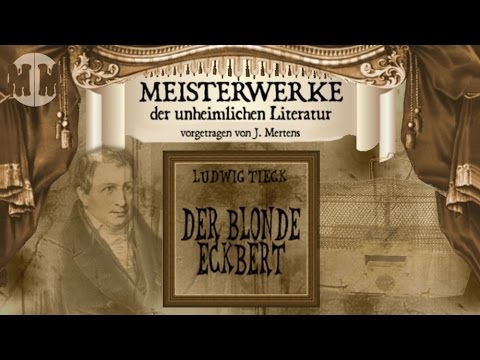

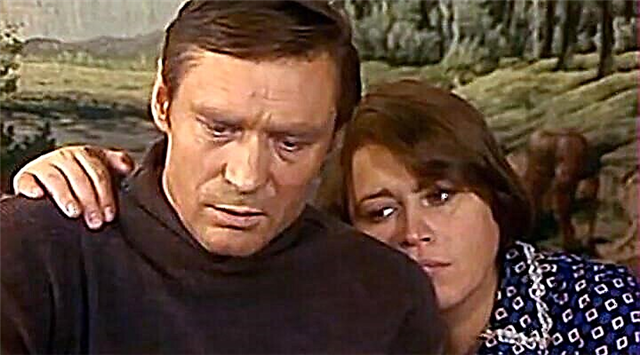
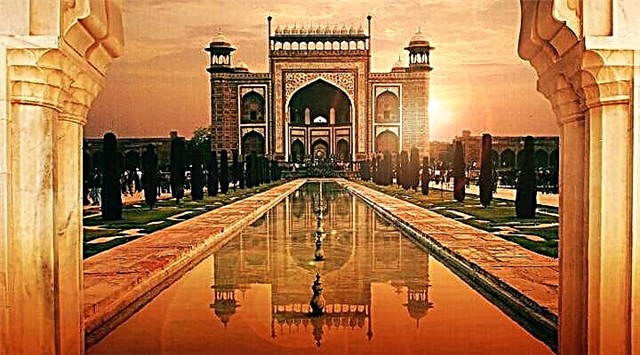

 Million Consulting
Million Consulting